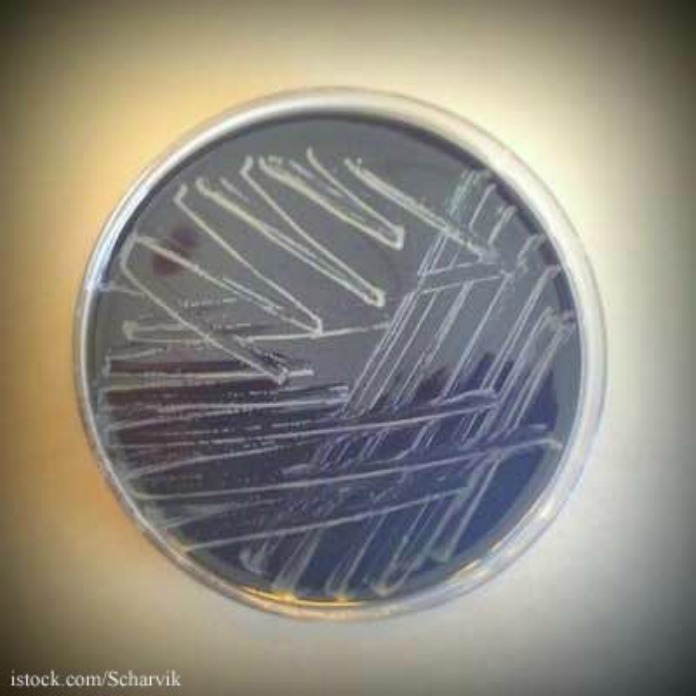A Campylobacter outbreak in Clark County, Washington in 2016 was associated with undercooked chicken liver mousse. The Centers for Disease Control and Prevention (CDC) issued a Notes from the Field about that outbreak in last week’s Morbidity and Mortality Weekly Report (MMWR).

On July 13, 2016, Clark County Public Health received a report of diarrheal illness in four of seven members of one party who ate at a local restaurant earlier that month. The report was received through an online and phone reported system. Five people interviewed said their only shared exposure was that restaurant meal.
CCPH closed the restaurant kitchen on July 13, 2016, and began an investigation. The restaurant was not named, and news of the outbreak was not released to the public.
This outbreak was defined as diarrhea lasting more than two days in any restaurant guest or staff member with illness onset from July 1, 2016 to July 23, 2016. Campylobacter jejuni was cultured from stool specimens from three ill persons. Five cases, three confirmed and two probable, were identified. Four of those sickened were customers of the restaurant; the fourth was a food worker. The patient age range was 27 to 46 years. Three of the patients were female.
Public health officials then conducted a case-control study of 28 menu items. Consumption of two of the items on the menu, chicken liver mousse (odds ratio 36.1) and grilled romaine hearts (odds ratio 18) were associated with the illness cases. The investigation focused on the mousse, since there were higher odds ratio of that product, and previous Campylobacter outbreaks have been associated with chicken livers.
Public health officials inspected the restaurant on July 15, 2016. The sous-chef who prepared the chicken liver mousse demonstrated the preparation to a food safety inspector. The chef determined that the livers were cooked using their appearance. The inspector used a thermometer to ascertain the final internal temperature of the product. The largest chicken liver tested less than 130°F, which is well below the minimum recommended temperature of 165°F deemed necessary to eliminate pathogenic bacteria in chicken products.
Raw chicken parts are not required to be free of Campylobacter bacteria. Since studies have found that bacteria may be on the surface of 77% of retail chicken livers, this cooking practice was immediately pinpointed as an issue.
A search of a database found that the pulsed-fieldgel electrophoresis (PFGE) pattern in two chicken liver samples collected in a 2014 campylobacteriosis outbreak in Oregon were indistinguishable from an isolate obtained from a patient in this particular outbreak. Unfortunately, chicken livers from the lot served at the restaurant on the day of the meal in question were no longer available for testing.
The authors state that this is the first outbreak in the United States initially reported through an illness complaint system. CCPH does not actively investigate Campylobacter cases in people over the age of 5, and Campylobacter PFGE is not routinely conducted in Washington state.
Citation: Glashower D, Snyder J, Welch D, McCarthy S. Notes from the Field:Outbreak of Campylobacter jejuni Associated with Consuming Undercooked Chicken Liver Mousse — Clark County, Washington, 2016. MMWR Morb Mortal Wkly Rep 2017;66:1027. DOI: http://dx.doi.org/10.15585/mmwr.mm6638a4
Pritzker Hageman law firm represents and helps people who have been sickened by contaminated food such as undercooked chicken livers. We get answers, compensation for those who have been injured, and justice through our work. Our lawyers represent people sickened with bacterial infections in personal injury and wrongful death lawsuits against restaurants, retailers, grocery stores, food processors, daycare centers, schools, and others. Attorney Fred Pritzker and his team recently won $7.5 million for young client whose kidneys failed because of hemolytic uremic syndrome after an E. coli O157:H7 infection. Please note that class action lawsuits are usually not appropriate for outbreak victims because these types of cases are quite unique.




